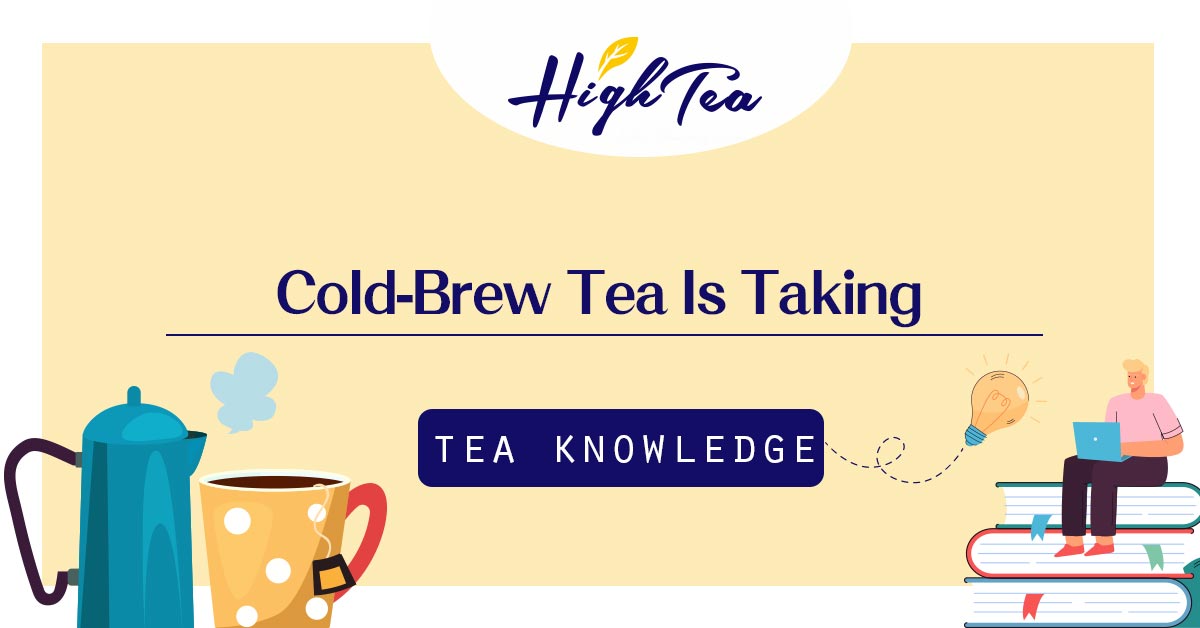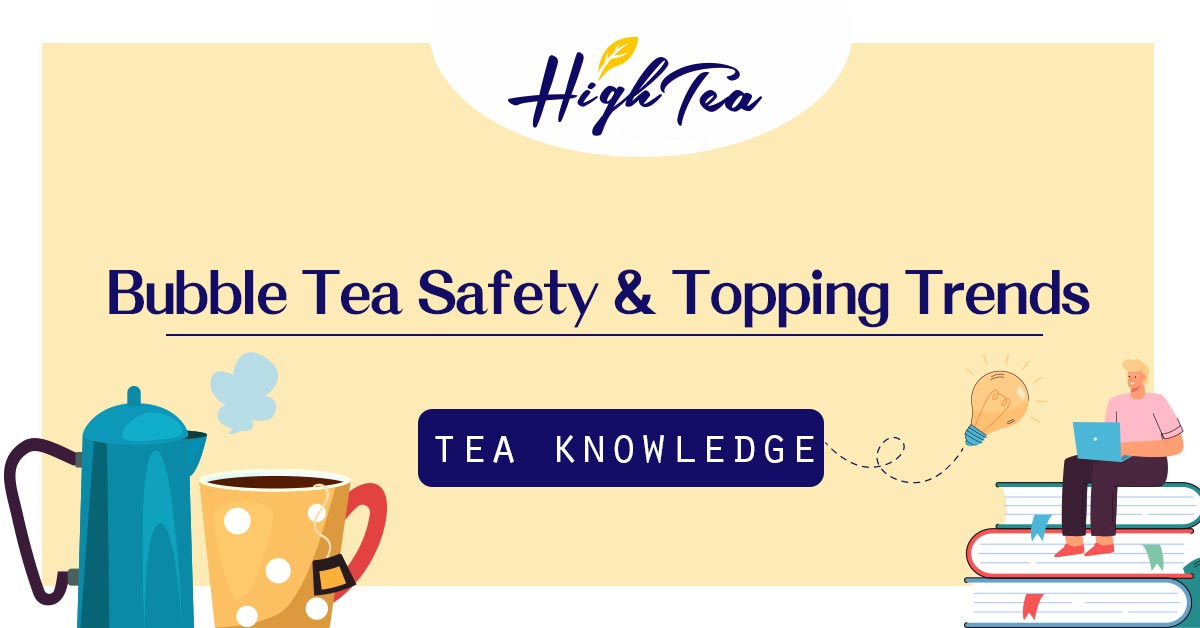In today’s tea market, flavored tea is quietly becoming the star of flavor innovation. From the classic Earl Grey to blends infused with lychee, rose, or caramel, adding flavorings to tea is nothing new. Yet both consumers and shop owners often ask three key questions: Is flavored tea safe? What impact does it have on health? And why add flavorings at all?
This article explores flavored tea from a food science, health, and business perspective—so you can gain a complete picture of what flavored tea really means.
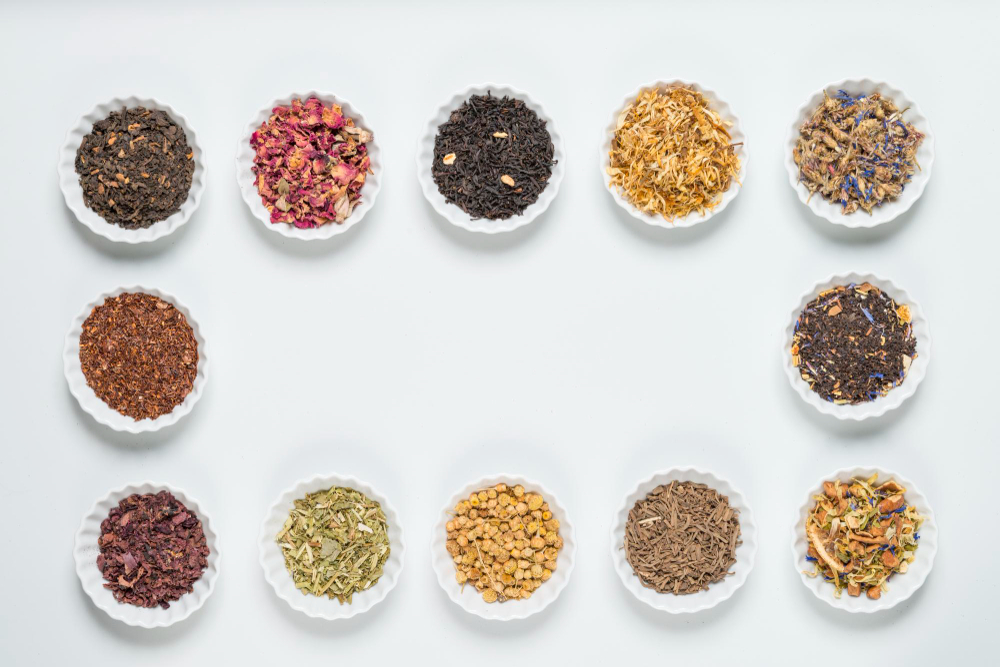
1. What Are Flavorings? A Guide to Natural, Nature-Identical, and Food-Grade Additives
In the food and beverage industry, “flavorings” aren’t a single source—they’re a regulated category under strict food safety standards.
• Food-Grade Flavorings: Approved by agencies such as Taiwan FDA, the U.S. FDA, EFSA in Europe, and Japan’s Ministry of Health. Considered safe for consumption and includes natural, nature-identical, and artificial flavorings.
• Natural Flavorings: Extracted from flowers, fruits, herbs, and vanilla beans through distillation or extraction. Authentic aromas but costly and variable.
• Nature-Identical Flavorings: Lab-synthesized with identical molecular structure as natural sources. Stable, consistent, and widely used in premium/export markets.
• Artificial Flavorings: Fully synthetic, affordable, and safe when approved. However, some consumers perceive them negatively, which can affect brand image.
📌 Key takeaway: The safety of flavorings depends not on being natural or artificial, but on being food-grade and used within regulatory limits.
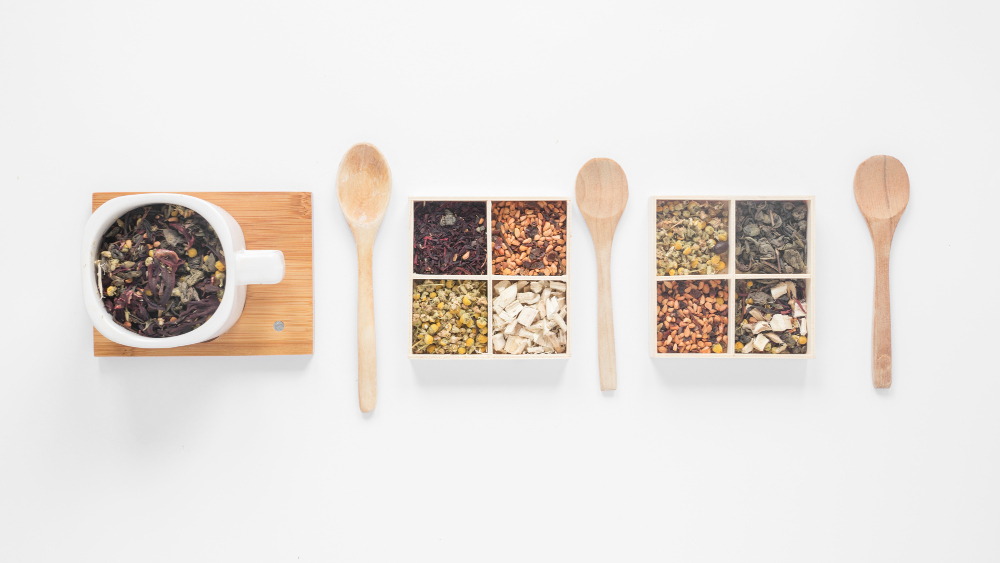
2. Is Flavored Tea Safe? Health Impact and Common Concerns
Hearing the term “chemical flavorings” often sparks health concerns. But both natural and artificial flavorings are safe when food-grade and used at approved levels.
• Safety Mechanisms: Regulatory bodies set acceptable daily intake (ADI) and usage limits to ensure consumer safety.
• Health Impact: Most flavorings are harmless at safe levels. Some natural flavorings, like bergamot or cinnamon, may even provide antioxidants or aid digestion. Overconsumption, however, could trigger allergies or digestive issues.
• Sensitive Groups: People with allergies or pregnant individuals should check labels carefully and seek medical advice if needed.
In truth, flavorings are everywhere—from vanilla in bread, to vanillin in cookies, to fruity notes in soda and candy. Flavored tea is no different.
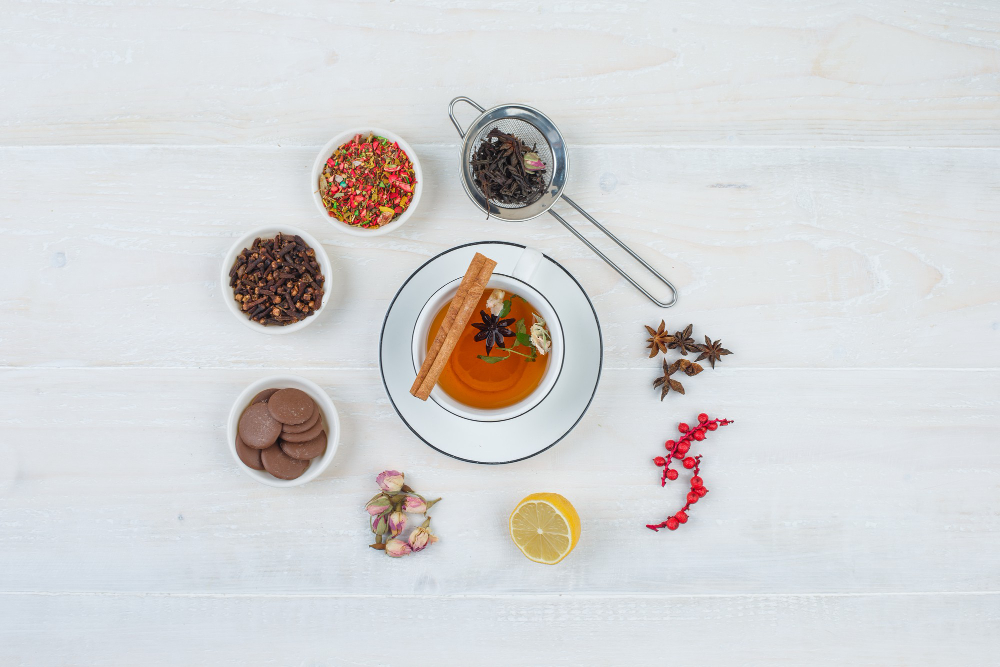
3. Why Add Flavorings to Tea? From Consistency to Market Advantage
Tea is an agricultural product, and its aroma naturally varies with region, climate, and harvest season. For tea shops and beverage brands, flavorings aren’t just about aroma—they provide consistency, creativity, and cost efficiency.
| Reason | Explanation | Business Value |
| Consistency | Smooths out batch-to-batch variation | Boosts consumer loyalty |
| Creativity | Enables fruit teas, dessert teas, global blends | Builds unique brand identity |
| Cost Control | Reduces reliance on expensive raw materials | Keeps margins stable |
| Global Reach | Tailors taste for different markets | Speeds up international expansion |
Examples in practice:
• Classic Teas: Earl Grey (bergamot oil or nature-identical flavoring)
• Fruit & Floral Teas: Lychee black tea, Rose green tea
• Dessert-Inspired Teas: Caramel milk tea, Cinnamon milk tea
• Cultural Favorites: Indian Masala Chai (cinnamon, cloves, cardamom)
• Ready-to-Drink Teas: Flavored cold brews with evenly sprayed liquid flavorings
4. Market Trends in 2025: Dual Strategies and Transparent Labeling
The flavored tea market is evolving into two paths:
• Premium brands lean on natural and nature-identical flavorings to build a luxury image and storytelling edge.
• Mass-market chains rely on nature-identical or artificial flavorings for consistency and cost control.
Key trends:
• Nature-identical flavorings are becoming the go-to for premium/export markets.
• Transparent labeling and traceable sourcing are essential for consumer trust.
• Flavor innovation tied with health claims (low sugar, caffeine-free, organic) drives new growth.
Conclusion
Flavored tea isn’t a “chemical trap”—it’s the result of food science meeting tea culture. Whether natural, nature-identical, or artificial, all flavorings can be safe, legal, and effective when used correctly.
For business owners, mastering flavor applications enhances product quality and competitiveness. For consumers, understanding the truth about flavorings allows you to enjoy every cup with confidence and delight.


